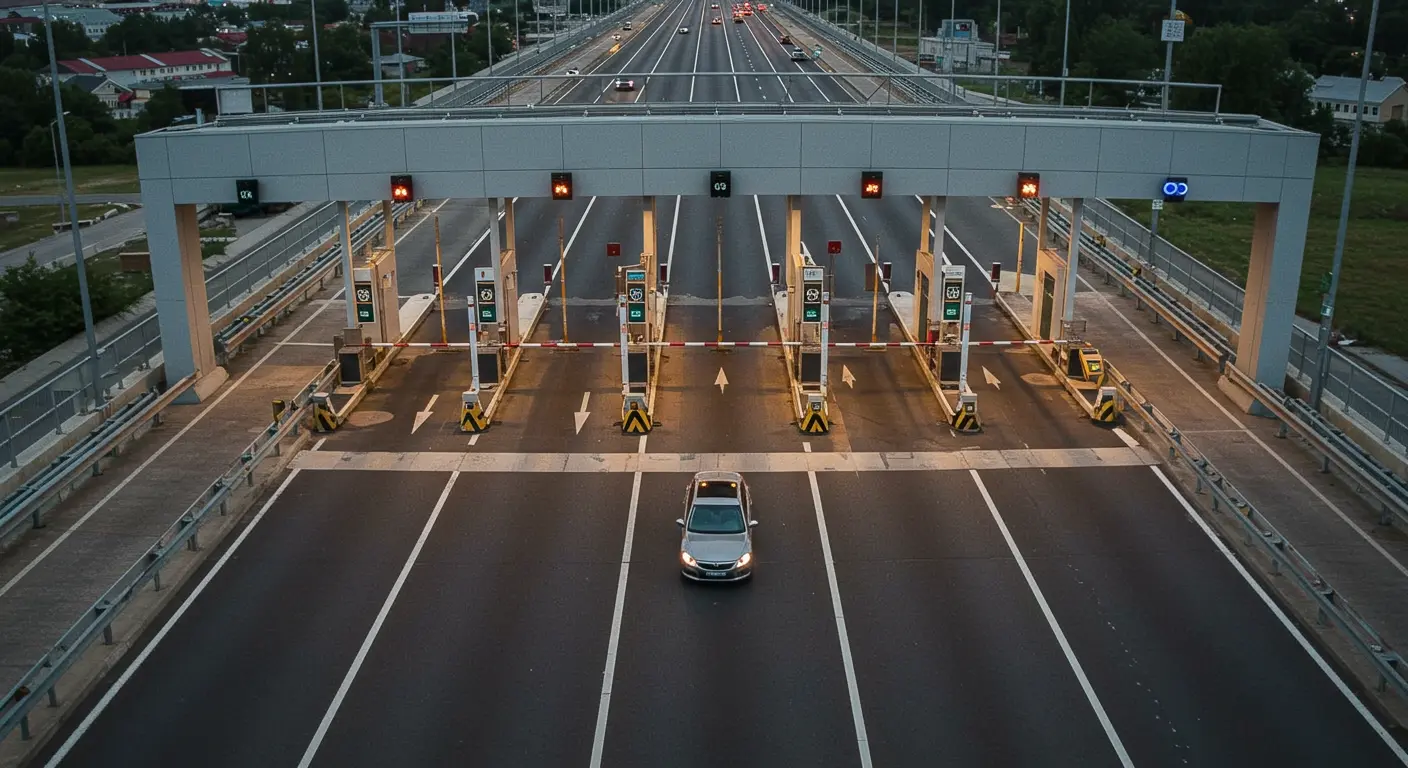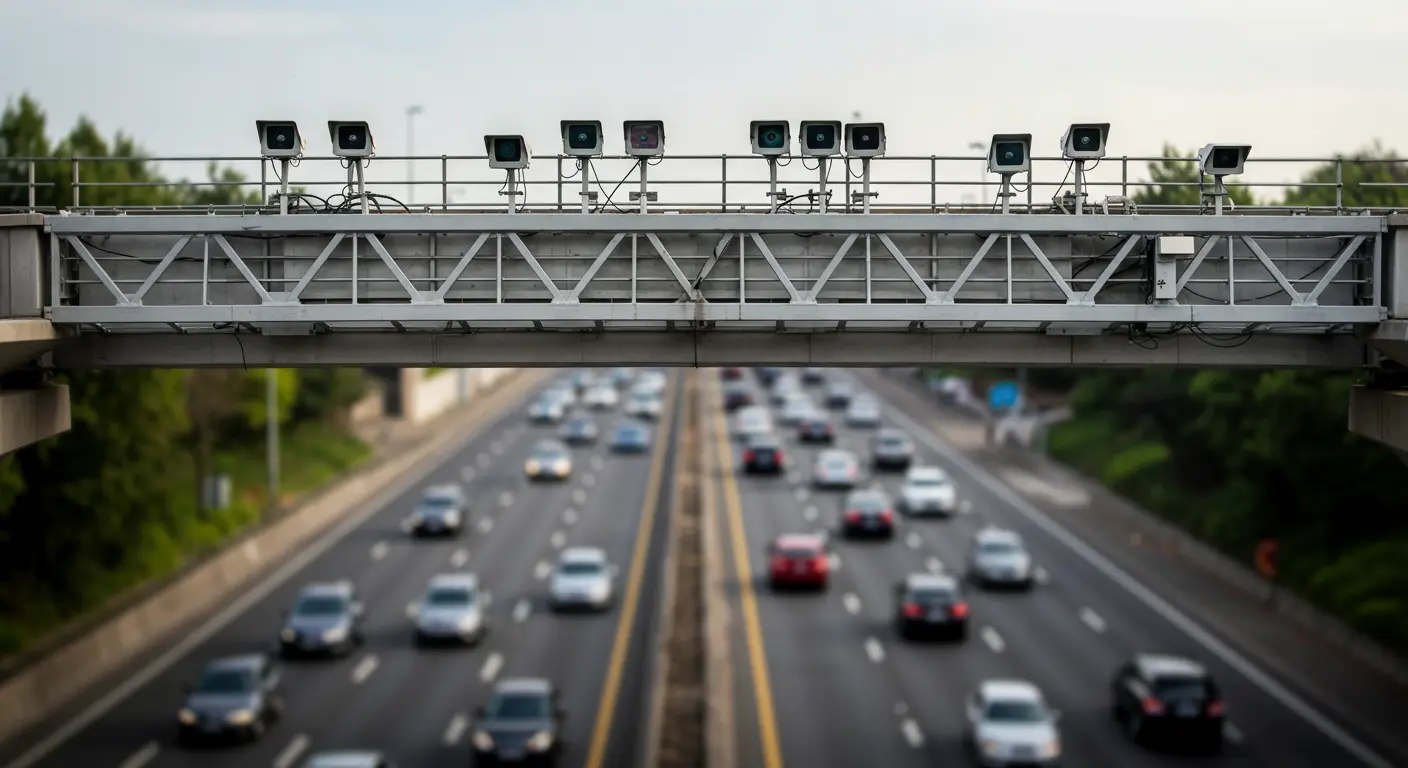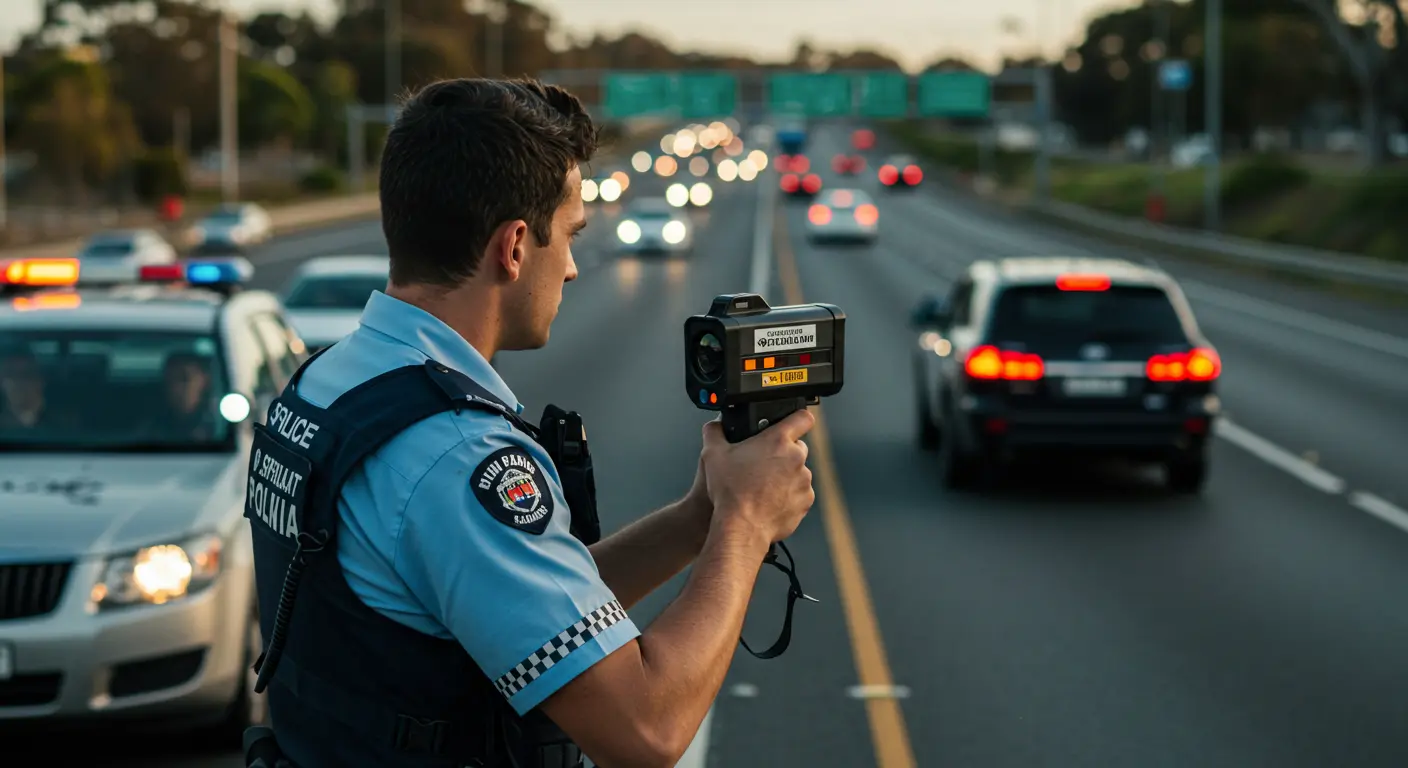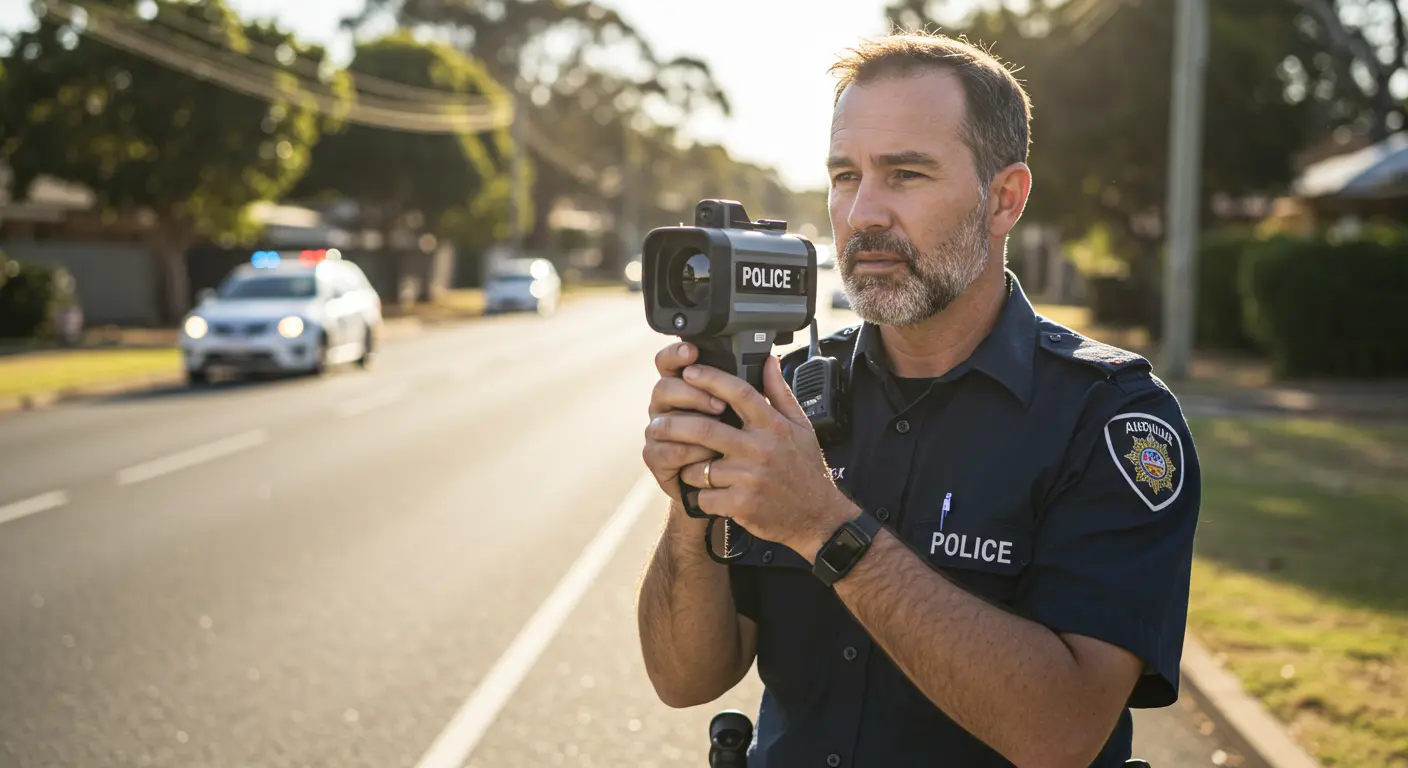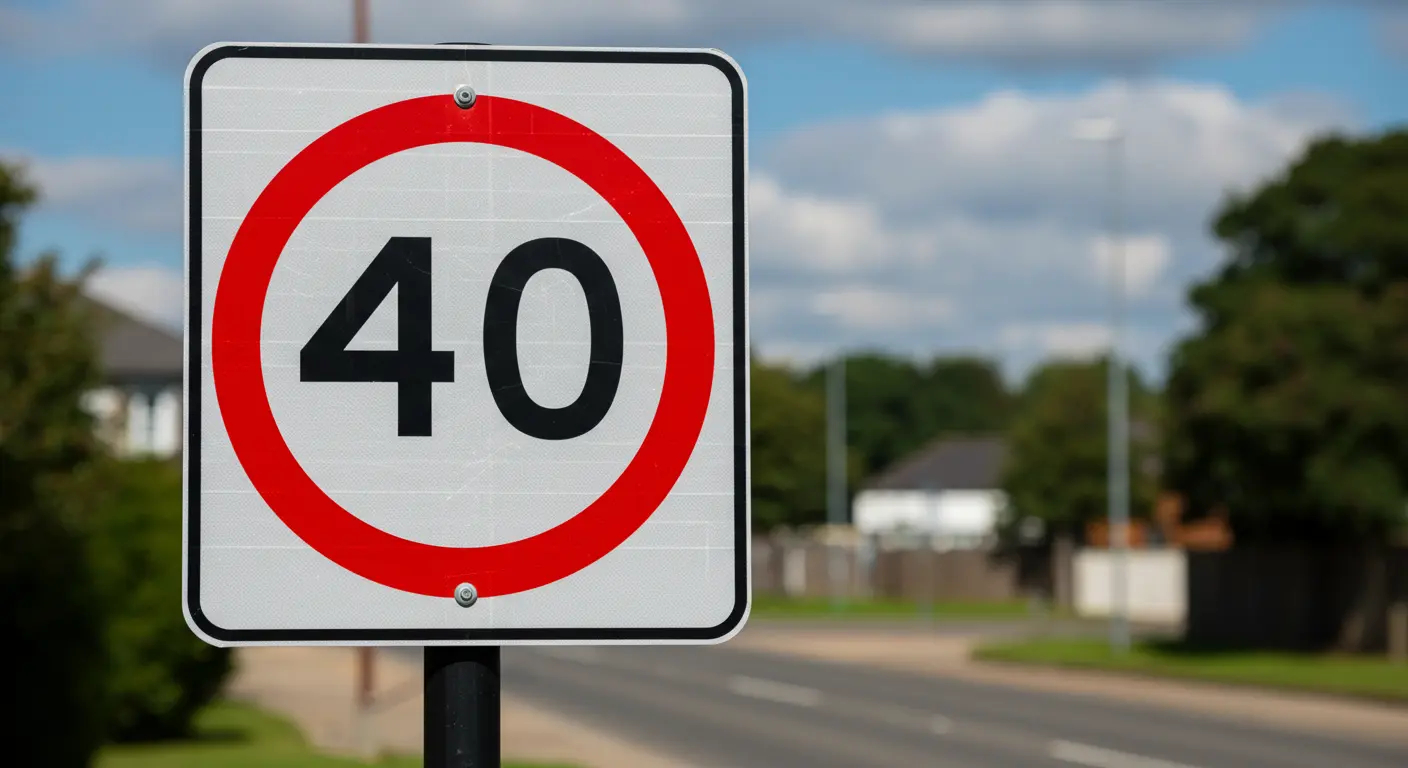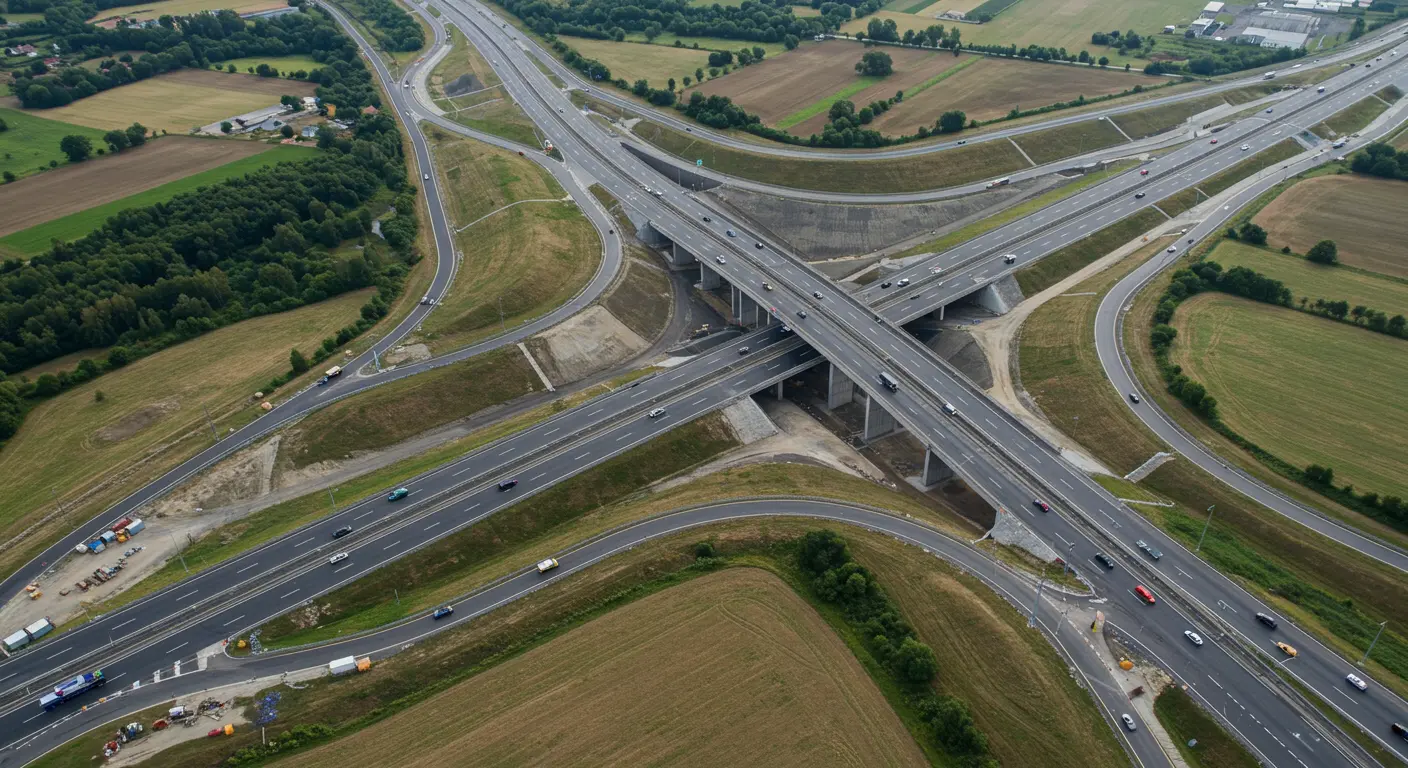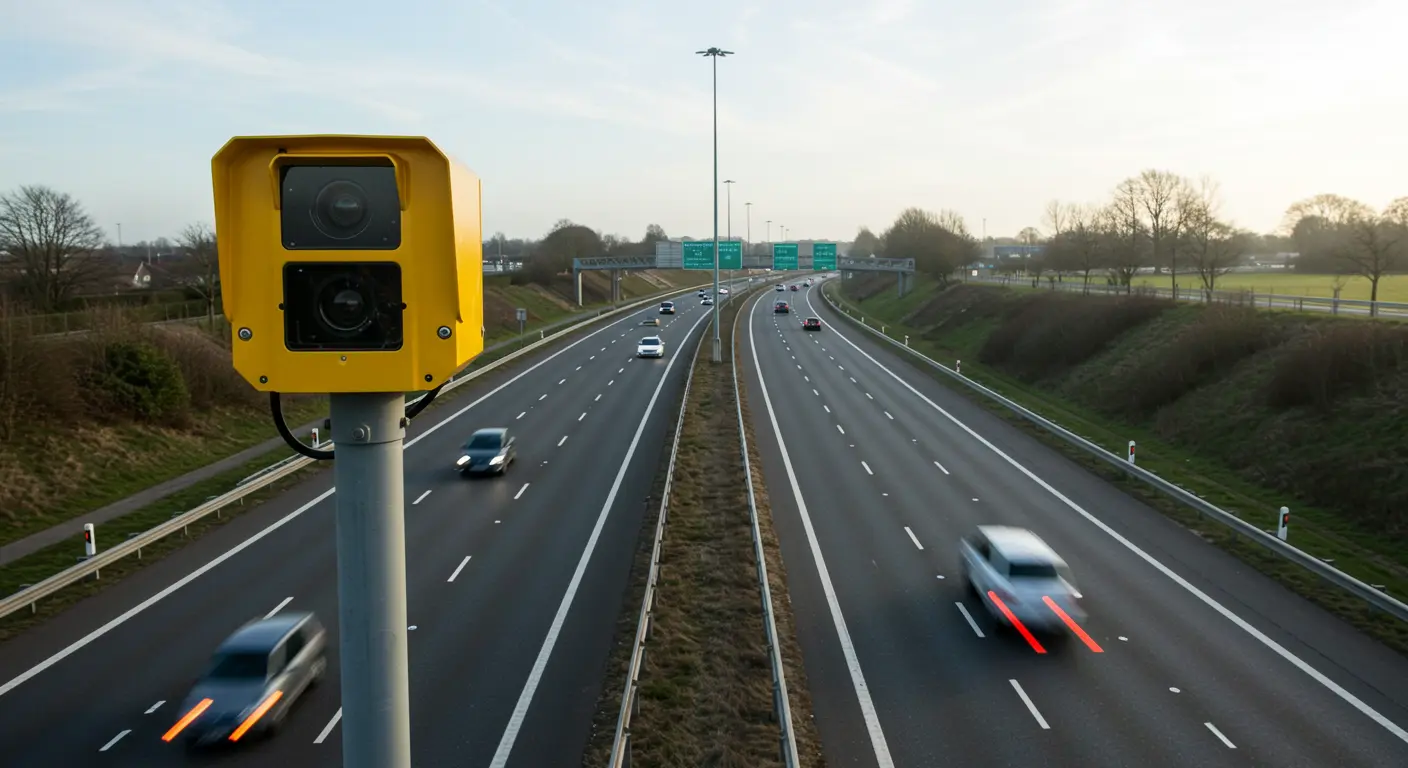Drivers across New South Wales are being urged to prepare for a major road safety shift, as average speed cameras will soon monitor all vehicle types—not just heavy trucks—for the first time.
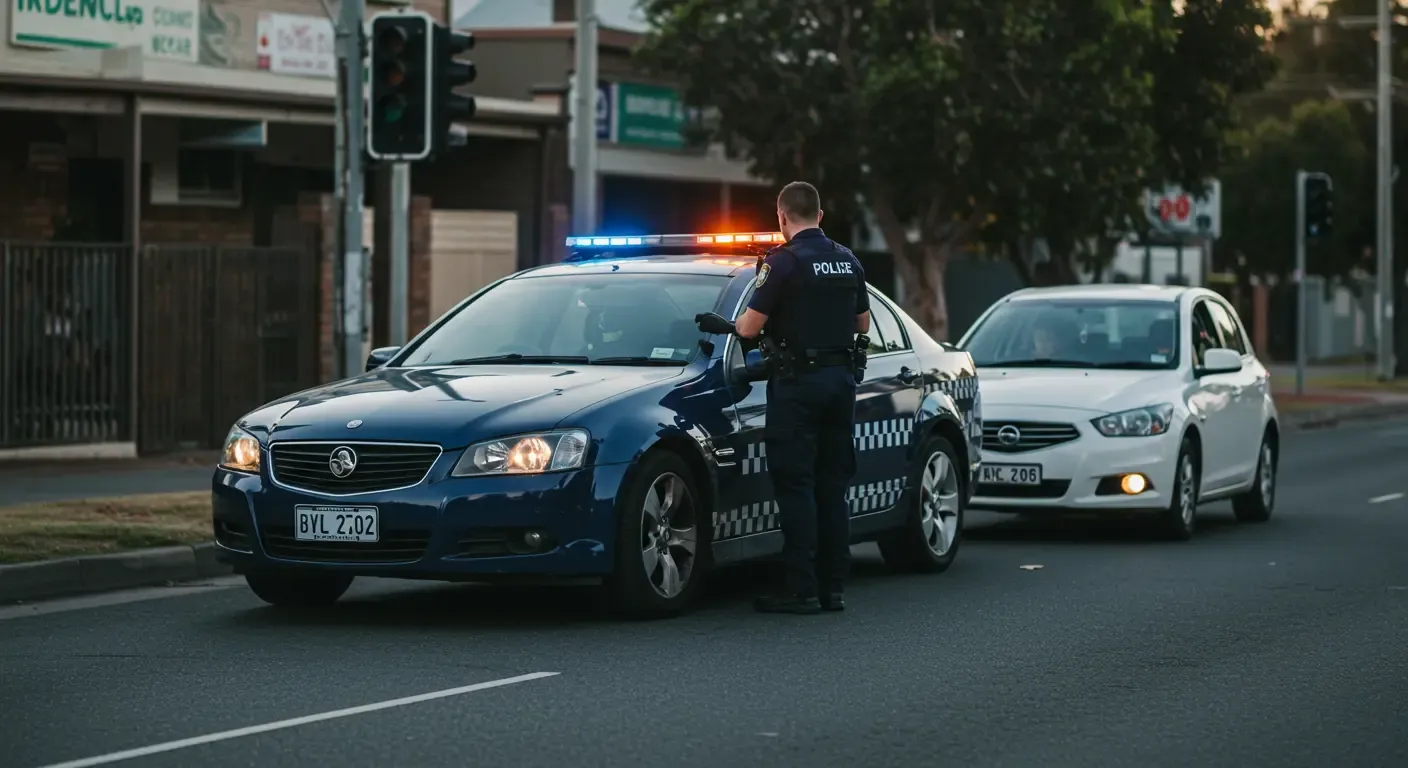
Starting 1 May 2025, average speed cameras on two major regional highways will switch on in warning mode for light vehicles, marking the beginning of a 14-month trial aimed at reducing road trauma. Full enforcement begins on 1 July.
The trial follows a key recommendation from the 2024 NSW Road Safety Forum and will apply to:
- A 15km stretch of the Pacific Highway between Kew and Lake Innes
- A 16km section of the Hume Highway between Coolac and Gundagai
These sites were selected due to their serious crash histories, with six fatalities and 33 serious injuries recorded across both locations from 2018 to 2022.
Currently, NSW is the only state or territory in Australia that limits average speed camera enforcement to heavy vehicles. In contrast, other states apply these systems across all vehicle types or plan to. International studies show strong evidence supporting broader use:
- Norway (2015): 49% drop in deaths and serious injuries
- UK (2016): 36% reduction in fatal and serious crashes
Minister for Roads John Graham said:
"We know that speed remains our biggest killer on the road, contributing to 41 per cent of all fatalities over the past decade."
"Studies from around the world show that using average speed enforcement cameras for all vehicles reduces the road toll, and road trauma."

A Regional Focus
The NSW Government has chosen two regional stretches to trial the change. Minister for Regional Transport and Roads Jenny Aitchison explained:
"Regional NSW is home to a third of the population but is where two-thirds of all road deaths happen."
"We will have a communications strategy in place including the use of print, radio and social media as well as variable messaging signs and mobile billboards to help communicate the trial details to drivers and riders."
Warning Period First
From 1 May to 30 June, light vehicle drivers caught speeding will receive warning letters, not fines or demerit points. Starting 1 July, enforcement begins with penalties applying.
The trial will not impact existing enforcement for heavy vehicles.
How It Works
Unlike traditional point-to-point speed cameras, average speed enforcement measures a driver’s speed over a longer distance. This is generally seen as fairer, targeting those who speed consistently over time.
Road signage will be clearly posted along trial routes, reminding all drivers that their speed is being monitored. A full communications campaign will support public awareness.
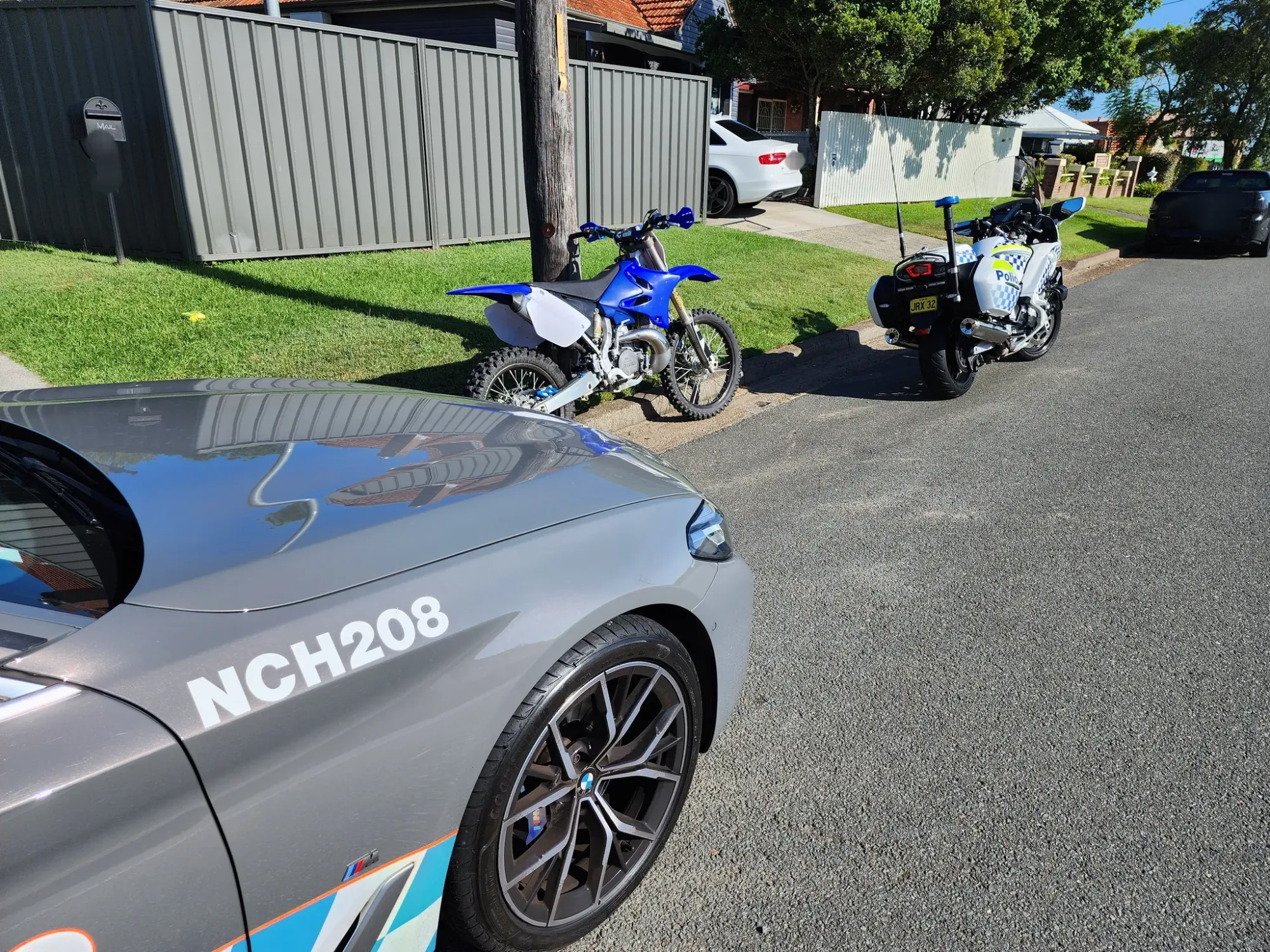
A Broader Road Safety Strategy
This trial is part of a broader suite of road safety reforms introduced by the Minns Labor Government, which also includes:
- Seatbelt enforcement via mobile phone detection cameras
- Foreign licence conversion mandate within six months
- Demerit return trial, rewarding safe drivers
- Expansion of mobile speed camera locations by 2,700 sites
- First-ever NSW Road Safety Forum
- National Road Safety Data Agreement with the federal government
Community Support and Next Steps
Surveys show strong support for the initiative. A 2024 NSW study found that 68% of respondents believe average speed cameras are important for road safety.
The 14-month trial concludes in July 2026, with findings to be tabled in Parliament. Until then, NSW motorists are encouraged to be aware of the changes and adjust driving habits accordingly.
Stay informed and drive safe—because average speed matters.

